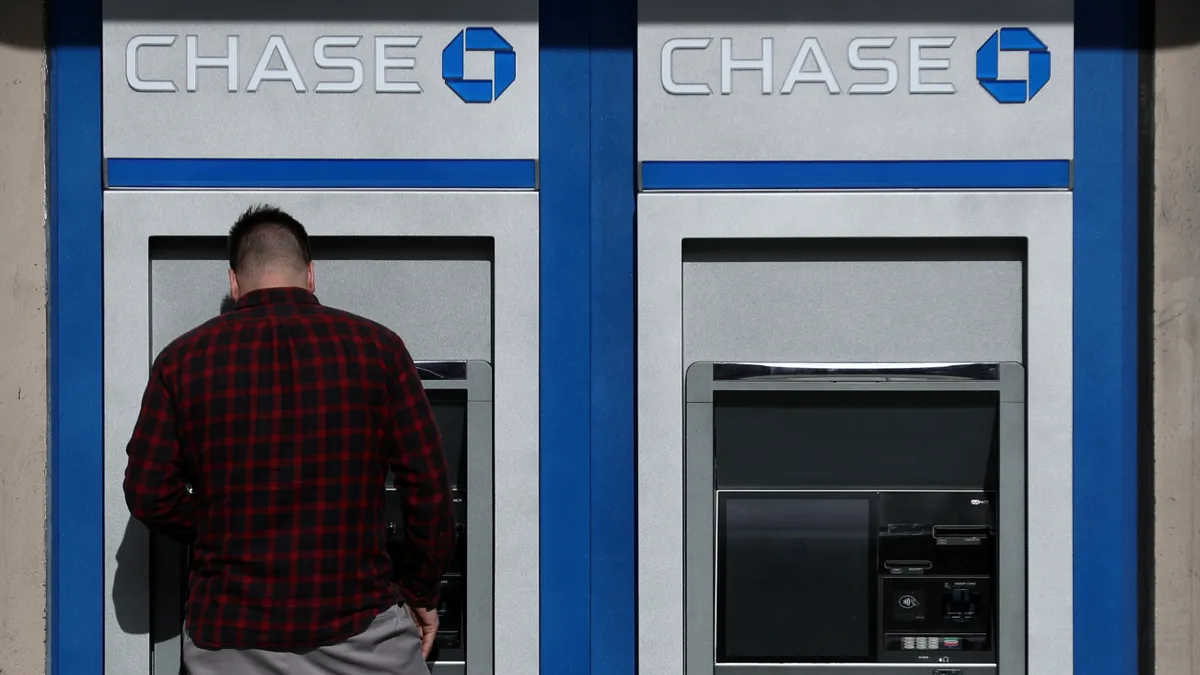Dive Brief:
- Customers remain largely satisfied with their banks even as their trust has declined, according to a J.D. Power survey of over 105,000 customers released last week. Customer satisfaction largely remained unchanged, declining just a single point.
- Trust is down 4 points in 2024, following a 2-point loss in 2023, according to J.D. Power, which rates customer trust on a 1,000-point scale.
- While that drop in trust may appear small, “it is statistically significant” and moving in the wrong direction, Jennifer White, senior director of banking and payments intelligence at J.D. Power, told CX Dive. “Customers are more open to wondering if the opportunity for a better relationship perhaps exists in another institution.”
Dive Insight:
As customer trust declines, banks have to worry about losing business.
“The most immediate risk is the shifting of deposits,” White said.
Customers who don’t trust their banks might leave their primary bank partner completely or open up an account at another institution and keep their money in multiple places, she said. The frequency of both is increasing.
This year, 8% of bank customers say they have changed their primary bank, up from 5% in 2018.
“The frequency of that is still single digits, but it is increasing over time, and every single percentage point represents a whole lot of deposits moving,” White said.
The number of people who say they’re probably or definitely going to switch banks is also up; 13% of customers say they’re likely to change their primary banks in the next 12 months.
The biggest drivers behind the decline in trust are unexpected fees and delays in the availability of funds, according to the survey.
“If a customer believes that the fee that they have been charged is truly a surprise, that will immediately damage trust,” White said.
Banks can help customers avoid surprise fees by clearly communicating the presence of fees and providing adequate warnings, she said.
Customer experience fundamentals are also essential — and sometimes missing. Among customers likely to switch primary banks, poor customer service was a leading cause, second only to too many or too high of fees.
“What the voice of the customer data is telling J.D. Power is that when banks are missing out on some of the more fundamental, transactional, initial first impressions, sometimes the bank can never recover from that,” White said.
Even if they go above and beyond in later interactions, she said, some banks’ customer satisfaction rates will remain below the average.
The basics are as simple as being greeted at the door of a branch.
“If they're on the phone, how friendly is the greeting, and can the customer understand the representative?” White said. “When they're online, how quickly can they find their account balances, and how easily can they review their transactions?”











